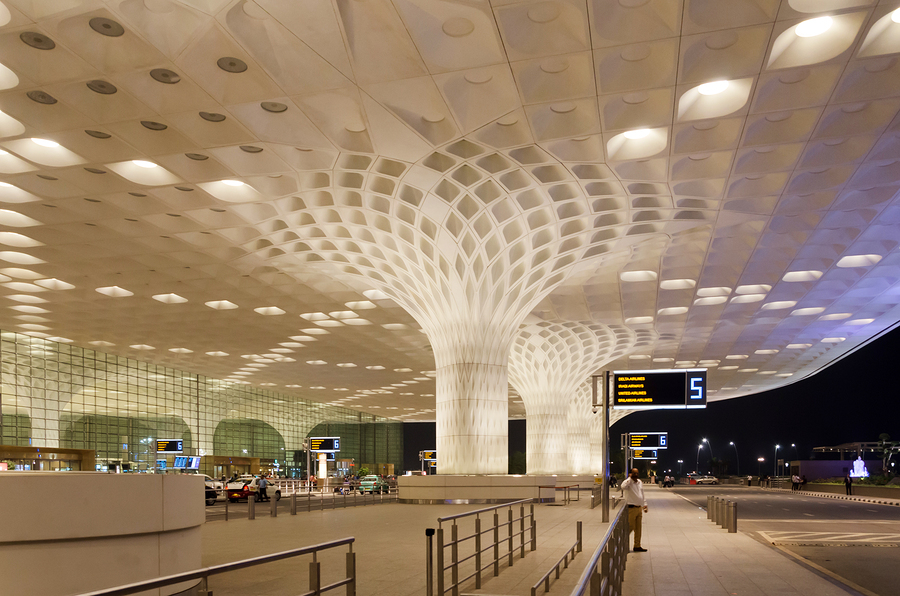Designed to handle 40 million passengers a year and thrill each one of them with its breath-taking design, GVK’s new Terminal 2 (T2) at Mumbai’s Chhatrapati Shivaji International Airport (CSIA) is a cornerstone of India’s airport revolution and vital to the further growth of its largest city. It is a dream come true for Mumbai. The nightmare was that it would open late or in disarray, and cause red faces for both CSIA and the city.

On 12th February 2014, T2 opened as planned, with no suspension of operations or flights. 40 airlines transferred their operations from the old terminal, not over a period of weeks or months, but in a matter of hours.
This unique achievement was engineered by an experienced Operational Readiness Activation and Transition (ORAT) team from Arup, coordinating more than 100 stakeholders in the training of 2,000 key staff and the familiarisation of 14,500 terminal employees, as well as 96 proving trials of systems and processes, involving several thousand volunteers.
Learnings from successful and unsuccessful openings of the past led to key strategies that included a flexible, ‘soft date’ opening and the phased migration of all stakeholders’ offices, equipment, people and systems in advance of the opening day.
T2 officially opened with the arrival of Air India 343 from Singapore, greeted by a water cannon salute. There was nothing to distract passengers from the experience of arriving in Mumbai in spectacular style; service and flight schedules were undisturbed. There were no front pages reporting first-day faults or calamities. Press attention was focused entirely on the achievement of the terminal’s construction, its breathtaking architecture and the realisation of GVK’s dream to celebrate the ambition, creativity and resilience of Mumbai. And the ‘Pride of Mumbai’, as GVK’s T2 had been hailed, remained exactly that.
Without Arup developing and delivering a successful ORAT strategy, the story might have been very different.

